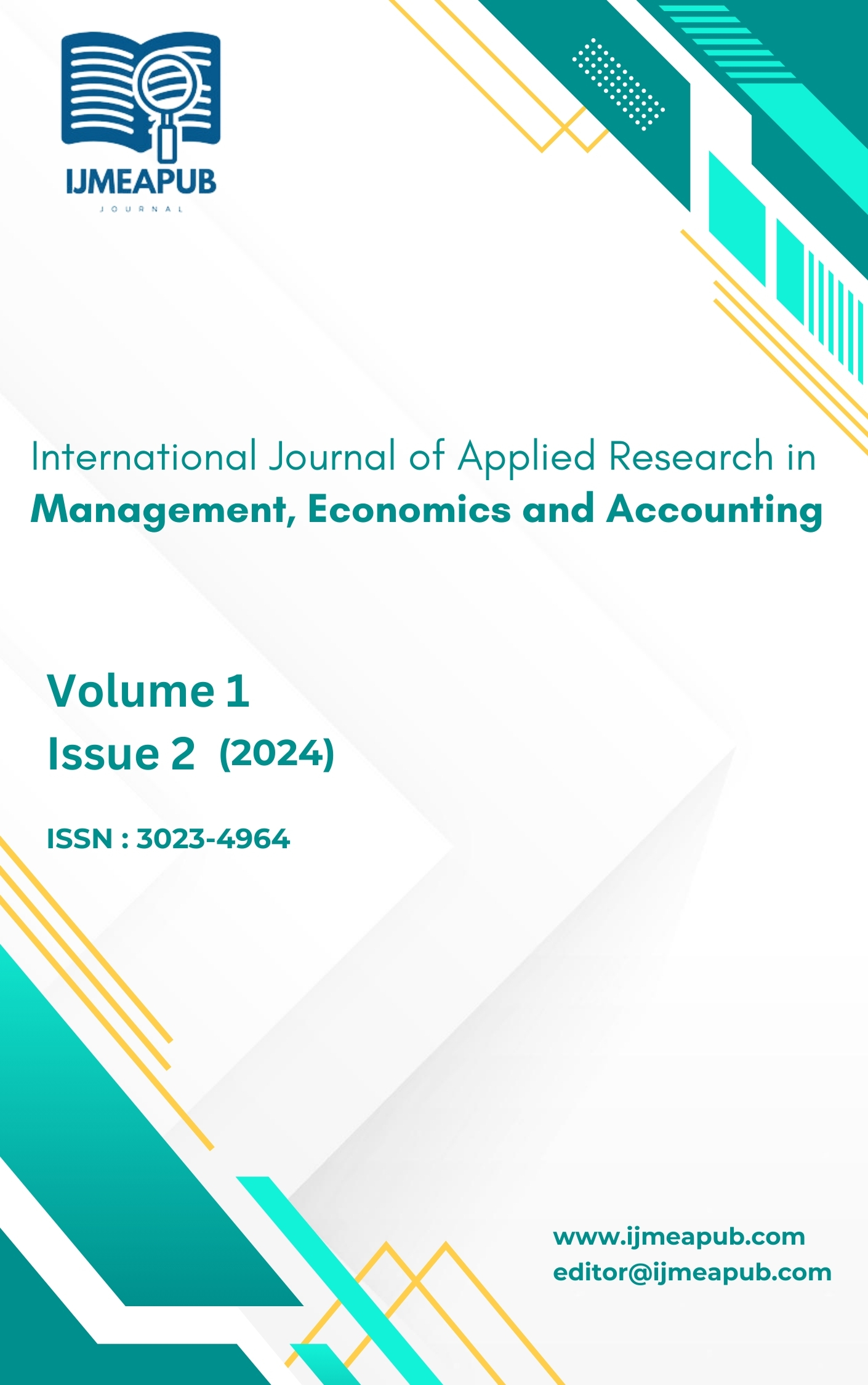Analysis of The Effects of Government Policies on Reducing Social and Economic Inequalities
DOI:
https://doi.org/10.63053/ijmea.13Abstract
This research examines the effects of government policies on reducing social and economic inequalities in Iran. The purpose of this study is to analyze the impact of various government programs such as subsidies, taxes and social services on income distribution and equal opportunities for all members of society. The research method includes statistical analysis of available data from government organizations and international institutions such as the World Bank and the United Nations. The results show that tax policies and direct subsidies have had a significant impact on reducing economic inequalities. Also, increasing access to health and educational services for disadvantaged groups has resulted in a significant improvement in human development indicators. In the conclusion, suggestions are given to improve and increase the efficiency of current policies.
References
Saez, E., & Zucman, G. (2020). The Rise of Income and Wealth Inequality in America: Evidence from Distributional Macroeconomic Accounts. Journal of Economic Perspectives.
International Monetary Fund. (2015). Causes and Consequences of Income Inequality: A Global Perspective.
Economic Policy Institute. (2018). Inequality’s Drag on Aggregate Demand: The Macroeconomic and Fiscal Effects of Rising Income Shares of the Rich.
Brookings Institution. (2020). Rising Inequality: A Major Issue of Our Time.
BMC Public Health. (2019). From Income Inequality to Social Inequity: Impact on Health Levels in an International Efficiency Comparison Panel.
International Monetary Fund. (2020). Macroeconomic Stability and Inclusive Growth.
American Economic Association. (2020). The Rise of Income and Wealth Inequality in America: Evidence from Distributional Macroeconomic Accounts.
Economic Studies, Brookings Institution. (2016). Income Inequality, Social Mobility, and the Decision to Drop Out of High School.
International Monetary Fund. (2015). Macroeconomic Policy and Poverty Reduction.
Social Science Research Network. (2021). Mandatory Spending, Political Polarization, and Macroeconomic Stability.
Atkinson, A. B. (1975). The Economics of Inequality. Oxford University Press.
Cronbach, L. J. (1951). Coefficient alpha and the internal structure of tests. Psychometrika, 16(3), 297-334.
Giddens, A. (2018). Sociology. Polity Press.
Lasswell, H. D. (1956). The Decision Process: Seven Categories of Functional Analysis. University of Maryland.
Lindblom, C. E. (1959). The Science of "Muddling Through". Public Administration Review.
Miller, D. (1999). Principles of Social Justice. Harvard University Press.
Rawls, J. (1971). A Theory of Justice. Harvard University Press.
Sen, A. (1992). Inequality Reexamined. Harvard University Press.
Stiglitz, J. E. (2012). The Price of Inequality. W.W. Norton & Company.
UNDP. (1990). Human Development Report. Oxford University Press.
UNDP. (2021). Human Development Report 2021. Retrieved from
World Bank. (2022). World Development Indicators. Retrieved from
Downloads
Published
How to Cite
Issue
Section
License
Copyright (c) 2024 Ahmad Saadat Mehr, Elham Abdellahi, Somayeh Jamali Gandomani, Shiva Hosseini Ghahar

This work is licensed under a Creative Commons Attribution 4.0 International License.








